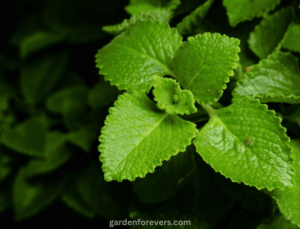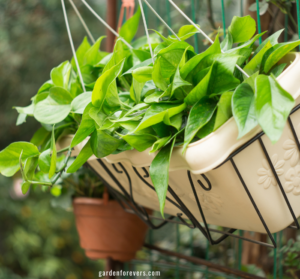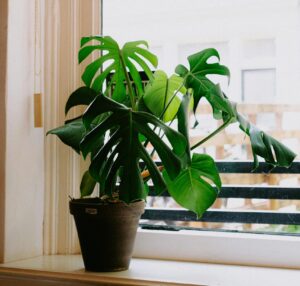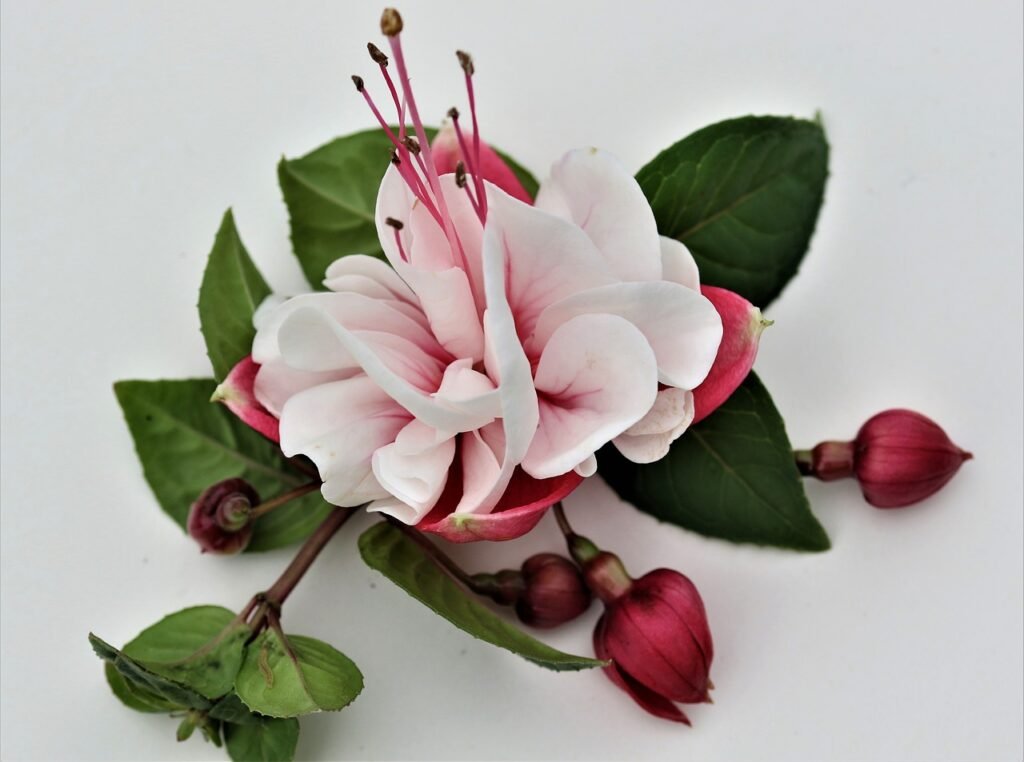how to Care & Grow Bromeliad Plant
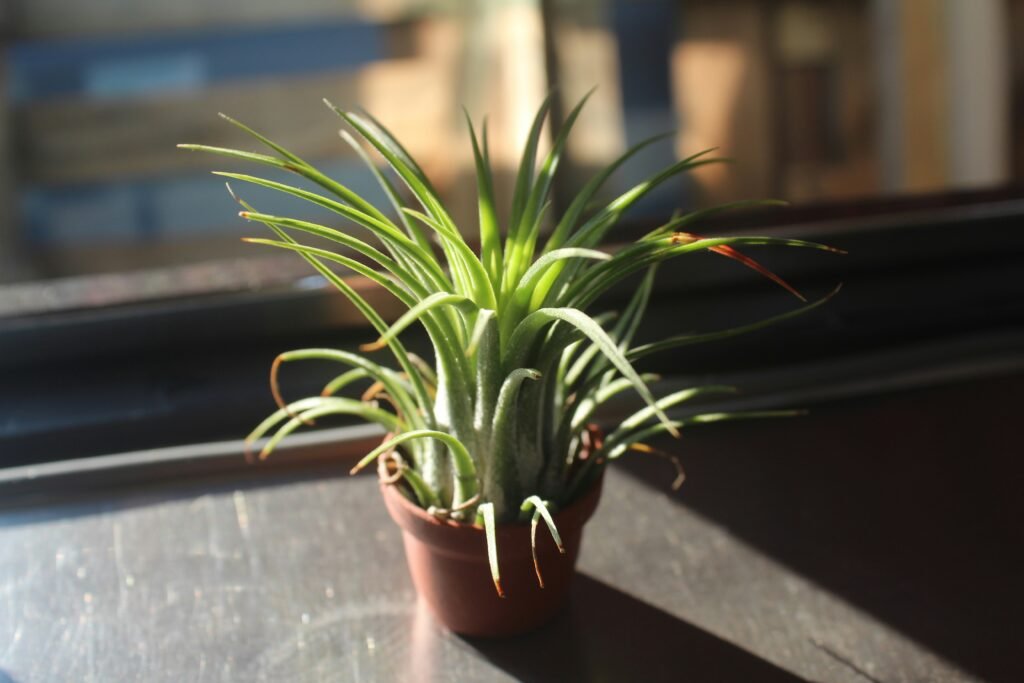
Bromeliad Plant are truly a celebration of nature’s artistry. They are stunning tropical plants known for their vibrant colors and unique rosette forms. Whether you’re a seasoned gardener or a beginner, these resilient plants can be a delightful addition to your indoor or outdoor garden. This guide will walk you through everything you need to know to care for bromeliads and ensure they thrive.
A Glimpse Of Bromeliad Plants
Bromeliads are part of the Bromeliaceae family, which includes over 3,000 species. These plants are known for their rosette of stiff, overlapping leaves, which often hold water, and their vibrant, long-lasting flowers. They are able to store water in their central cups. And thriving in various light conditions makes them a versatile addition to both indoor and outdoor gardens.
Planting Bromeliad Plant
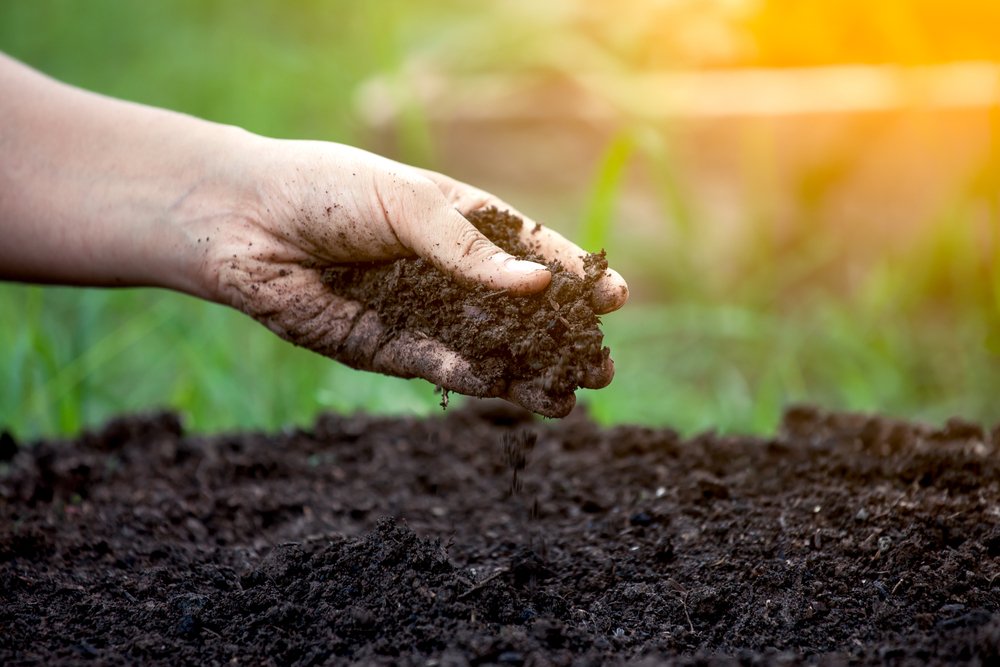
Soil and Potting
Potting Mix: Use a well-draining mix, such as an orchid mix or a blend of bark, perlite, and peat moss.
Pot Selection: Choose a pot with drainage holes to prevent water from accumulating at the roots.
Fill the Pot: Fill the pot with the chosen potting mix, leaving enough space for the bromeliad.
Position the Plant: Place the bromeliad in the pot, ensuring the base of the rosette is above the soil line.
Add Soil: Add more potting mix around the base of the plant, pressing gently to secure it.
Unlocking Bromeliad Plant Care Secrets
Growing bromeliad plant successfully need to understand their unique needs and provide them with the right conditions. Here’s a detailed guide with effective tips for growing bromeliads:
Light Requirements
Most bromeliads prefer bright, indirect light. Place them near a window with filtered sunlight. Avoid direct sunlight.
Different species may have varying light preferences, so it’s essential to research your specific bromeliad variety to provide the optimal light conditions for growth and flowering.
Water
Change the central cup water weekly to prevent bacterial growth. Water the soil lightly to keep it evenly moist but not waterlogged. Allow the top inch of the soil to dry out between waterings to prevent root rot. Use a well-draining potting mix to prevent waterlogging, which can lead to root rot.
Ideal Humidity
Bromeliad plant thrive in high humidity environments. Increase humidity levels around your plant by misting the leaves with water regularly.
Temperature
Maintain a consistent temperature range of 55°F to 80°F (13°C to 27°C) for optimal bromeliad health. They are sensitive to cold and can suffer damage if exposed to extreme temperature fluctuations.
Soil and Potting Techniques
Use a well-draining potting mix specifically formulated for epiphytic plants, such as orchid mix or a blend of bark, perlite, and peat moss.
While potting bromeliads, you should position them with the base of the rosette slightly above the soil level.
Feeding Bromeliad Plant
Bromeliads are light feeders and require minimal fertilization. Use a balanced, water-soluble fertilizer. You should apply fertilizer monthly during the growing season (spring and summer) to encourage healthy foliage and occasional flowering.
And you shouldn’t fertilize directly into the central cup as it damages the plant.
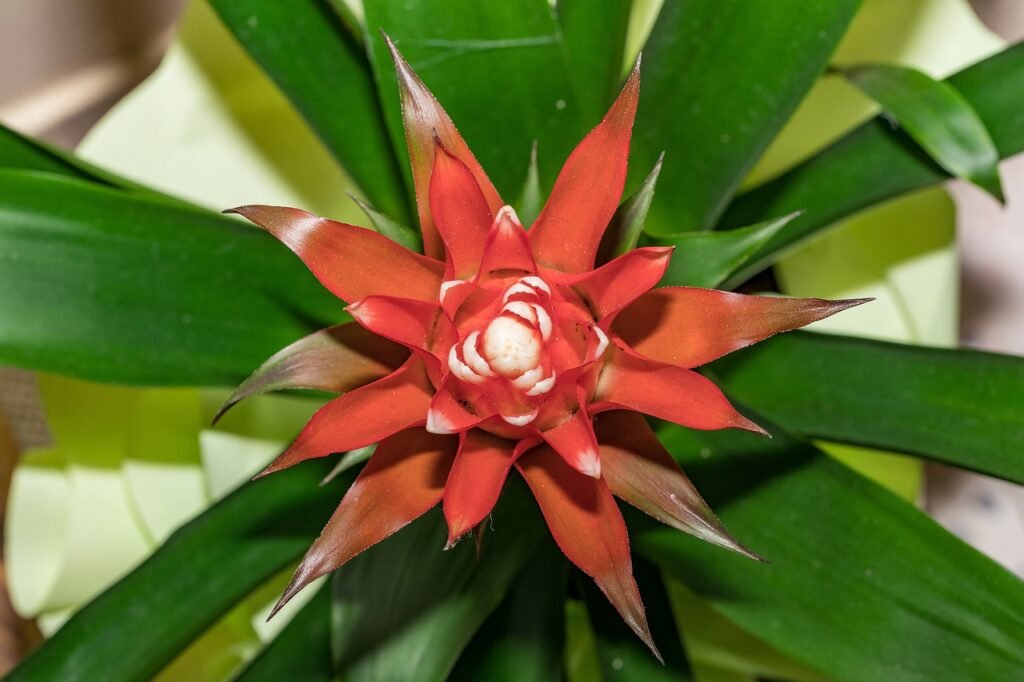
Propagation of Bromeliad Plants
Propagation of bromeliads is primarily achieved through offsets, also known as “pups,” that grow from the base of the mother plant. Here’s a step-by-step guide on how to propagate bromeliads effectively:
- Identify a healthy mother plant with pups.
- Prepare a sharp, sterile knife or pruning shears.
- Select a small pot with a well-draining potting mix.
- Locate and cut the pup from the mother plant.
- Allow the pup to dry for a day.
- Plant the pup in the potting mix, ensuring it’s covered.
- Water lightly and place in bright, indirect light.
- Maintain warm, humid conditions for root development.
- Monitor soil moisture and adjust watering as needed.
- Provide regular care and inspect for pests or diseases.

Common Issues and Troubleshooting
Brown Leaf Tips: Caused by dry air or low humidity levels. Increase humidity by misting more frequently or using a humidity tray.
Yellowing Leaves: Often due to overwatering or poor drainage. Adjust your watering schedule and ensure the potting mix is well-draining.
Lack of Flowering: Bromeliads typically bloom once in their lifetime. Ensure they receive adequate light and appropriate care to stimulate flowering.
(Basic Maintenance Tips for Bromeliad Plant Care)
- Use a well-draining potting mix and ensure the pot has drainage holes.
- Feed lightly with a diluted, balanced fertilizer during the growing season
- Ensure good air circulation around the plant to prevent diseases.
- Regularly clean leaves and trim off dead or yellowing foliage.
- Monitor for pests and treat promptly if detected.
By following these basic maintenance tips, you can enjoy the vibrant beauty and unique charm of bromeliads, enhancing any indoor or outdoor space with their exotic appeal. With minimal effort, your bromeliads will thrive and reward you with stunning foliage and occasional blooms. If you want to learn about indoorplant, I can provide information on them.
Bromeliad Plant Types
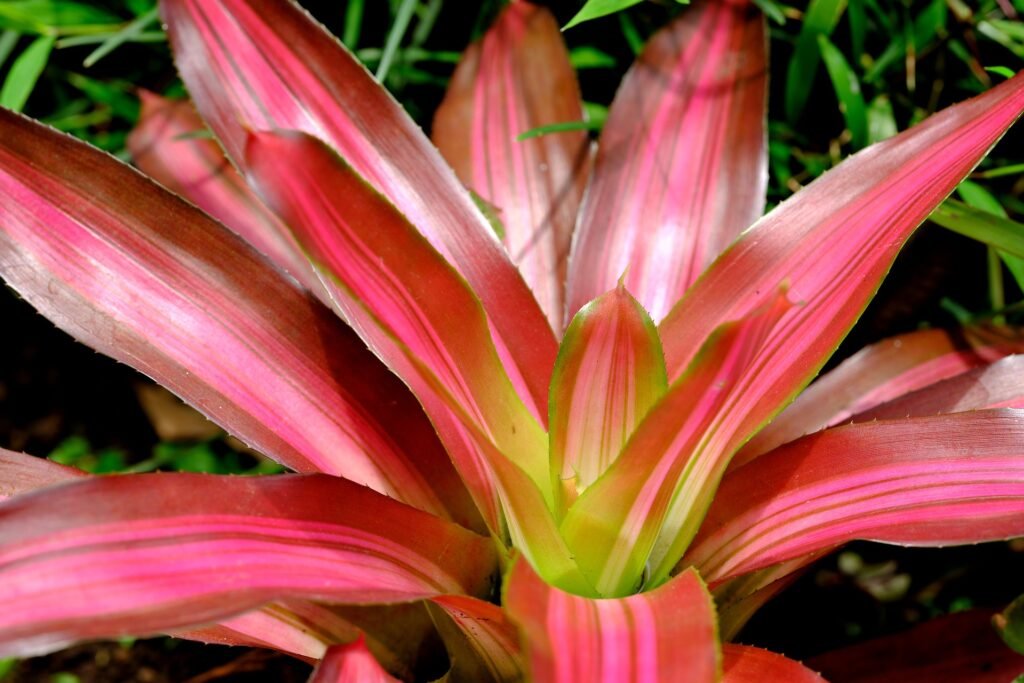
There are many types of Bromeliad plant. Some are known for their colorful foliage, while others are admired for their striking flowers. Here are some common types of Bromeliads:-
Aechmea
Aechmea bromeliads are interesting. Tropical plants are known for their tough, spiky leaves and vibrant, often long-lasting flowers that emerge from a central spike. Originates from Central and South America. These bromeliads are hardy and adaptable, thriving in a variety of situations from bright indoor spaces to outdoor gardens. Their unique appearance and ease of care make them popular in ornamental plant collections.
Tillandsia
They are known as air plants for their unique ability to absorb moisture and nutrients from the air. Tillandsia commonly known as air plants. are a type of bromeliad that do not require soil to grow. They absorb water and nutrients through their leaves and thrive in bright, indirect light with regular misting.
Guzmania
They are recognized for their colorful and long-lasting flower spikes. Guzmania bromeliads are vibrant, tropical plants known for their attractive, colorful bracts. These low-maintenance plants thrive in indirect light and moist environments. Making them popular choices for indoor decoration.
Neoregelia
Neoregelia is a genus of bromeliads known for its colorful, rosette-shaped foliage and water-holding central tanks. These plants thrive in bright, indirect light and are often used as ornamental houseplants or in tropical landscapes.
Vriesea
These are having broad, leathery leaves with tall, slender flower spikes adorned. Vriesea bromeliad is a vibrant and exotic plant known for its colorful, long-lasting flowers and striking foliage. It’s easy to care for, making it a popular choice for indoor gardening.
Billbergia
Billbergia is a genus of bromeliads known for their vibrant, tubular flowers and rosette-forming leaves. These tropical plants are easy to care for, thriving in bright, indirect light, and are popular in both indoor and outdoor gardens.
Ananas
Pineapple bromeliad is commonly known as pineapple plant. A tropical plant of South America. It belongs to the Bromeliaceae family and is widely cultivated for its edible fruit pineapple. The plant has spiky leaves arranged in rosettes and produces a unique, sweet fruit.
Each type of bromeliad has its own unique characteristics, care requirements, and aesthetic appeal. When choosing a bromeliad for your home or garden, you should consider factors such as light conditions, humidity levels, and the size of the plant to ensure it thrives in its environment.
FAQ
Do Bromeliad Plant need direct sunlight?
Answer: Bromeliads grow better in indirect sunlight. Don’t put them where the sun shines directly.
Why are the tips of my bromeliad’s leaves turning brown?
Answer: Brown leaf tips are often caused by dry air or low humidity. To remedy this, increase the humidity around the plant by misting it regularly or placing it on a humidity tray.
Why do my bromeliads keep dying?
Answer: Bromeliads are tropical plants that require a specific amount of moisture to thrive. When they aren’t watered adequately, the flowers can become dehydrated and start to brown.
Are bromeliads susceptible to pests?
Answer: While bromeliads are relatively pest-resistant, they can occasionally be affected by pests such as scale, mealybugs, and aphids. Regularly inspect your plant and treat infestations promptly with insecticidal soap or neem oil.


